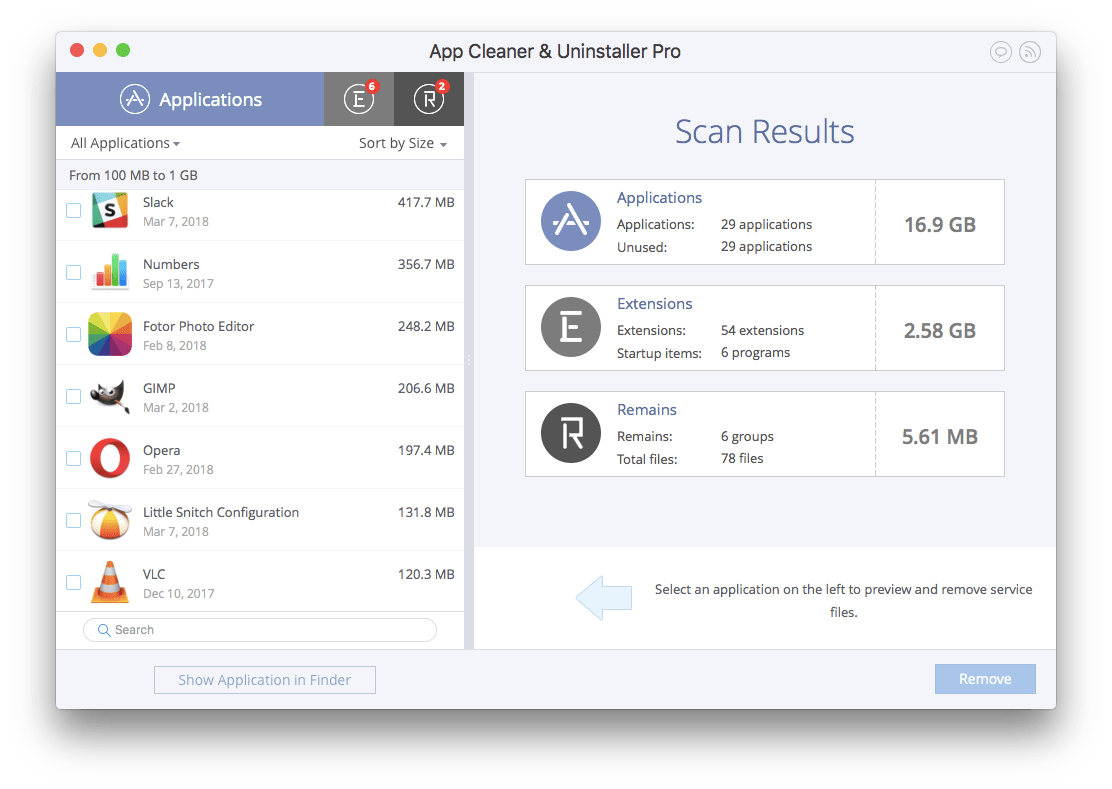
Little Snitch 3 (or Little Snitch Configuration) is a firewall software exclusively for Mac OS that allows users to take control of all incoming and outgoing internet connections. Little Snitch is a firewall which provides your Mac with a safe connection and lets you control the inbound and outbound traffic. But if you’ve decided to uninstall Little Snitch, here are two ways how to do that: the manual way and the automatic way. Uninstalling Little Snitch. In order to perform its duty, Little Snitch needs to add components to a very low level of the operating system, which also need to be registered and unregistered with the system. It is therefore not sufficient to just remove all of Little Snitch’s application bundles. Instead, Little Snitch Uninstaller must be run. Little Snitch is a third party application that provides additional functionality to OS X system and enjoys a popularity among Mac users. However, instead of installing it by dragging its icon to the Application folder, uninstalling Little Snitch may need you to do more than a simple drag-and-drop to the Trash. Download Mac App Remover.
However when I run the script locally on a test machine with Little Snitch running, Terminal returns 'No matching processes belonging to you were found'. I can see the Little Snitch UIAgent and Little Snitch Network Monitor processes in Activity Monitor running under the same account as the script is being executed from. The easiest way to open the Little Snitch Uninstaller is to drag Little Snitch Configuration from the Applications folder to the trash. Little Snitch’s background processes notice this and automatically start the uninstaller that is located in /Library/Little Snitch/Little Snitch Uninstaller.app. Alternatively, the Little Snitch Uninstaller. May 28, 2012 This is the Steps to Uninstall the Little Snitch on your Mac. If you delete the Little Snitch from the Applications folder, the Little Snitch is still working.
In order to perform its duty, Little Snitch needs to add components to a very low level of the operating system, which also need to be registered and unregistered with the system. It is therefore not sufficient to just remove all of Little Snitch’s application bundles. Instead, Little Snitch Uninstaller must be run.
Little Snitch Uninstaller
The easiest way to open the Little Snitch Uninstaller is to drag Little Snitch Configuration from the Applications folder to the trash. Little Snitch’s background processes notice this and automatically start the uninstaller that is located in /Library/Little Snitch/Little Snitch Uninstaller.app.
Alternatively, the Little Snitch Uninstaller can be found in the Little Snitch .dmg disk image file, next to the Installer. If you don’t have the disk image at hand, you can always download the current version from our website.
The uninstallation process itself is straight forward, with only one option to choose: Whether you want to remove your rules and settings or not. After the process is finished, you must restart your computer.

If you enable the option to remove rules and settings, the Uninstaller deletes all your system-wide configuration and rules files (also any files from older Little Snitch installations), including the file that stores your license information, as well as the configuration files, rules files and log files for the user executing the Uninstaller.
List of paths
Little Snitch creates files under the following paths:
The “~” (tilde) sign refers to your user’s home folder.
Please note that the Uninstaller does more than move the application bundles to the trash and delete the configuration files. If you really want to remove Little Snitch completely from your system it is highly recommended to use the provided uninstallation application.
Uninstall Little Snitch Mac Os X
Was this help page useful? Send feedback.
© 2016-2020 by Objective Development Software GmbH